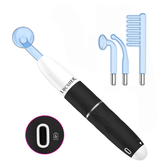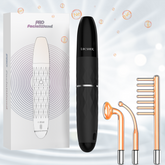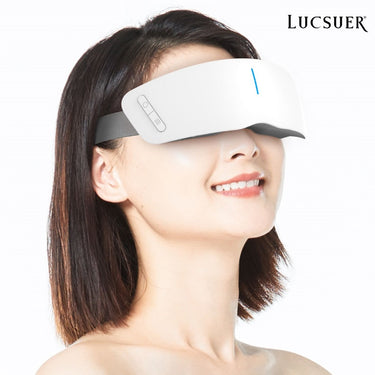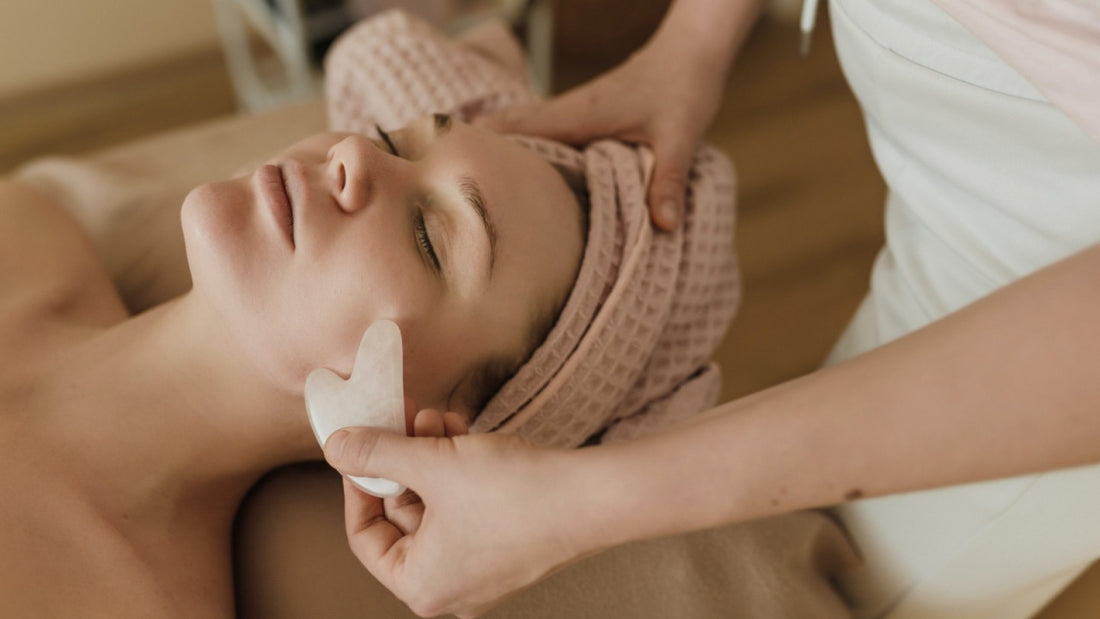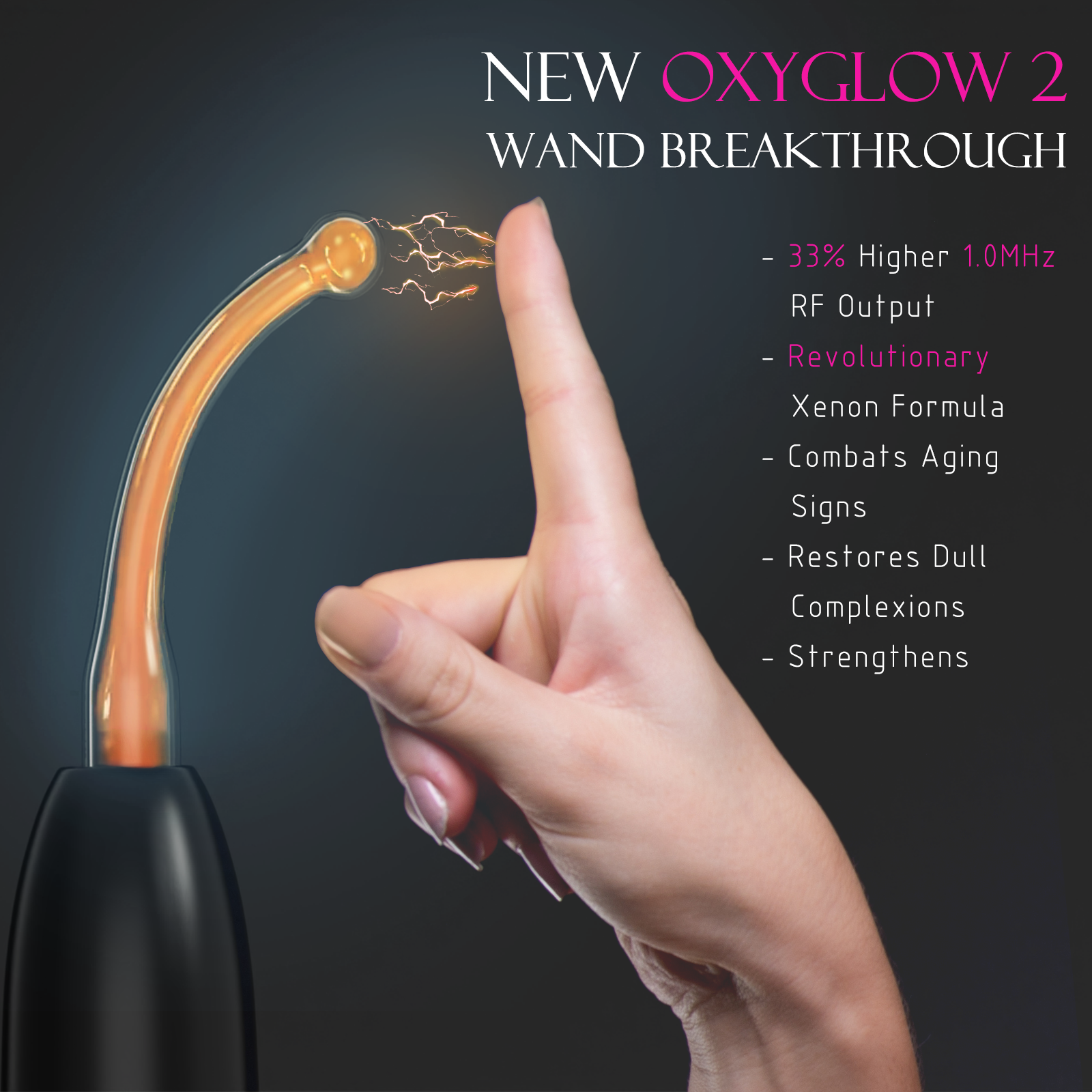Introduction
In the ever-evolving world of skincare, facial treatments have emerged as a powerful ally in achieving a radiant, youthful complexion. These specialized services offer a comprehensive approach to addressing various skin concerns, from deep cleansing and hydration to anti-aging and blemish control. As the demand for personalized and professional skincare solutions continues to rise, it’s essential to understand the intricacies of facial treatments and how they can transform your skincare journey.
In this comprehensive guide, we’ll delve into the world of facial treatments, exploring their types, benefits, and what to expect during a professional session. We’ll also discuss how often you should indulge in these rejuvenating experiences, the potential costs involved, and how to choose the right facial for your unique skin needs. So, let’s embark on a journey towards unveiling the secrets of radiant skin through the power of facial treatments.
What is a Facial Treatment?
A facial treatment is a specialized skincare service provided by licensed estheticians or skincare professionals. These treatments go beyond traditional at-home routines by incorporating advanced techniques, products, and technologies designed to address specific skin concerns and promote overall skin health.
Facial treatments have a rich history, with traces dating back to ancient civilizations where natural ingredients like herbs, clays, and essential oils were used for skincare rituals. Over time, these treatments have evolved, incorporating modern scientific advancements and cutting-edge technologies to deliver even more effective and personalized solutions.
Types of Facial Treatments
The world of facial treatments offers a diverse array of options, each tailored to address specific skin concerns and needs. Here are some of the most popular types:
-
Classic Facial: The quintessential facial treatment, a classic facial typically includes cleansing, exfoliation, steam, extractions (if necessary), facial massage, and a nourishing mask. It aims to deeply cleanse and rejuvenate the skin, leaving it refreshed and revitalized.
-
Hydrating Facial: Designed specifically for dry and dehydrated skin types, a hydrating facial focuses on replenishing moisture levels and restoring the skin’s natural suppleness. It often incorporates deeply hydrating serums, masks, and specialized techniques to enhance moisture retention.
-
Anti-Aging Facial: As we age, our skin naturally loses elasticity and firmness, leading to the appearance of fine lines and wrinkles. An anti-aging facial targets these concerns by stimulating collagen production, promoting cell renewal, and incorporating potent anti-aging ingredients like retinol, peptides, and antioxidants.
-
Acne Facial: For those struggling with acne-prone skin, an acne facial can be a game-changer. These treatments aim to deep cleanse pores, control excess oil production, and reduce inflammation associated with acne breakouts. They often incorporate antibacterial and anti-inflammatory products, as well as targeted extractions.
-
Brightening Facial: If dullness, uneven skin tone, or hyperpigmentation are your primary concerns, a brightening facial can help restore a radiant, luminous complexion. These treatments typically involve gentle exfoliation and the use of brightening agents like vitamin C, kojic acid, or licorice root extract.
-
Microdermabrasion: This mechanical exfoliation technique involves using a diamond-tipped wand or crystal-infused solution to gently remove the outermost layer of dead skin cells. Microdermabrasion can improve skin texture, reduce the appearance of fine lines and acne scars, and promote a smoother, more even complexion.
-
Chemical Peel: Chemical peels involve the controlled application of specific acids, such as glycolic, lactic, or salicylic acid, to the skin’s surface. These acids exfoliate the top layers of the skin, stimulating cell renewal and improving various skin concerns like fine lines, hyperpigmentation, and acne.
-
LED Light Therapy: This non-invasive treatment utilizes specific wavelengths of light to target different skin concerns. For instance, blue light can help combat acne-causing bacteria, while red light can stimulate collagen production and promote healing.
What to Expect During a Facial
A professional facial treatment is typically a relaxing and pampering experience. Here’s a general outline of what you can expect during a typical session:
-
Consultation and Skin Analysis: Your esthetician will begin by evaluating your skin type, concerns, and goals to determine the most appropriate treatment plan.
-
Cleansing and Exfoliation: Your skin will be thoroughly cleansed, and a gentle exfoliation technique may be used to remove dead skin cells and prepare the skin for the subsequent steps.
-
Extractions (if necessary): Depending on your skin concerns, your esthetician may perform safe and gentle extractions to remove blackheads, whiteheads, or other impurities from clogged pores.
-
Mask Application: A nourishing mask, tailored to your specific skin needs, will be applied to infuse your skin with beneficial ingredients and enhance the overall treatment experience.
-
Massage: A relaxing facial massage can help improve blood circulation, promote lymphatic drainage, and enhance the absorption of the products used during the treatment.
-
Moisturizing and Protection: The final step typically involves applying a suitable moisturizer and, if necessary, a sunscreen or other protective products to ensure your skin is hydrated and protected after the treatment.
It’s important to note that the specific steps and techniques used may vary based on the type of facial you receive and your individual skin concerns.
Benefits of Regular Facial Treatments
While the immediate results of a facial treatment can be incredibly satisfying, the true power lies in incorporating these rejuvenating experiences into your regular skincare routine. Here are some of the key benefits of regular facial treatments:
-
Deep Cleansing and Exfoliation: Professional facials provide a level of deep cleansing and exfoliation that is difficult to achieve with at-home routines alone. This process helps to unclog pores, remove impurities, and reveal a fresher, more radiant complexion.
-
Improved Hydration and Moisture Retention: Facial treatments often incorporate specialized hydrating products and techniques that help replenish moisture levels and promote long-lasting hydration, leaving your skin plump, dewy, and supple.
-
Anti-Aging Effects and Collagen Stimulation: Many facial treatments target signs of aging by stimulating collagen production, reducing the appearance of fine lines and wrinkles, and improving overall skin elasticity and firmness.
-
Enhanced Blood Circulation: The massage techniques used during facials can improve blood circulation, delivering essential nutrients and oxygen to the skin cells, promoting cellular renewal and a healthier, more radiant complexion.
-
Acne and Blemish Management: For those with acne-prone skin, regular facials can help control breakouts, reduce inflammation, and minimize the appearance of blemishes and acne scars.
-
Stress Relief and Relaxation: Beyond the physical benefits, facial treatments offer a profound sense of relaxation and stress relief, which can positively impact skin health by reducing the negative effects of cortisol on the skin.
-
Customized Skincare Solutions: Professional estheticians can tailor each facial treatment to your unique skin concerns, ensuring you receive personalized care and targeted solutions for optimal results.
How Often Should You Get Facials?
The frequency of facial treatments can vary depending on several factors, including your skin type, specific concerns, and budget. Here are some general recommendations:
- Normal to Combination Skin: Every 4-6 weeks
- Dry or Mature Skin: Every 4 weeks
- Oily or Acne-Prone Skin: Every 3-4 weeks
- Specific Skin Concerns (e.g., hyperpigmentation, fine lines): Every 4 weeks or as recommended by your esthetician
Additionally, factors like your lifestyle, stress levels, and environmental exposure can influence how often you may need a professional facial. It’s also worth considering seasonal changes, as your skin’s needs may vary throughout the year.
Ultimately, the best way to determine the ideal frequency is to consult with a professional esthetician who can evaluate your skin and provide personalized recommendations.
Cost of Facial Treatments
The cost of facial treatments can vary widely depending on several factors, including the type of facial, the location, and the reputation of the spa or clinic. On average, here are some general cost ranges for different types of facials:
- Classic Facial: $50 - $150
- Hydrating Facial: $60 - $180
- Anti-Aging Facial: $80 - $250
- Acne Facial: $70 - $200
- Brightening Facial: $90 - $250
Potential Side Effects and Precautions
While most facial treatments are safe, there is a possibility of experiencing minor side effects, such as:
- Excessive dryness or dehydration of the skin
- Itching or mild irritation
- Excessive peeling or flaking
- Temporary redness
To minimize risks and discomfort, it’s advisable to:
- Choose certified and well-trained professional estheticians.
- Inform your esthetician about your complete skin condition before starting the treatment.
- Stop the treatment immediately if you experience severe discomfort.
- Follow the guidance of professionals for proper at-home aftercare.
In certain situations, specific facial treatments may not be recommended, such as:
- Active severe skin conditions or injuries
- Pregnancy or breastfeeding
- Taking medications that can affect the skin
- Allergies to certain chemicals or ingredients
By following these precautions, facial treatments can provide maximum benefits while minimizing the risk of adverse reactions.
Conclusion
Facial treatments not only improve the appearance of your skin but also offer a sense of relaxation and fulfillment for the mind and body. Through regular professional treatments and a consistent, scientifically-backed at-home skincare routine, you can achieve a radiant, healthy complexion that exudes confidence.
Whether you’re aiming for a youthful, dewy glow or seeking to combat signs of aging and improve skin quality, carefully designed facial treatments can cater to your unique needs. Embark on your own “facial treatment journey” today and embrace a more radiant, captivating beauty!
FAQs
-
Which facial treatment should I choose?
The ideal choice depends on your skin type and concerns. It’s best to consult a professional esthetician for personalized recommendations. -
How long does it take to see results from facial treatments?
Initial improvements are often visible within 4-6 weeks, with more significant changes occurring with consistent treatments. Anti-aging treatments may require a longer timeframe. -
How often should I get a facial treatment?
For most individuals, every 4-6 weeks is recommended, but the frequency may vary depending on your specific needs. Those with dry skin or specific concerns may benefit from more frequent treatments. -
Who should avoid certain types of facial treatments?
Pregnant or breastfeeding women and those with active skin conditions should avoid aggressive chemical or physical treatments as a precaution. -
Are at-home face masks or professional treatments more effective?
A combination of both is ideal. Professional treatments can provide concentrated care, while at-home face masks help maintain and enhance the results, creating a synergistic effect.
